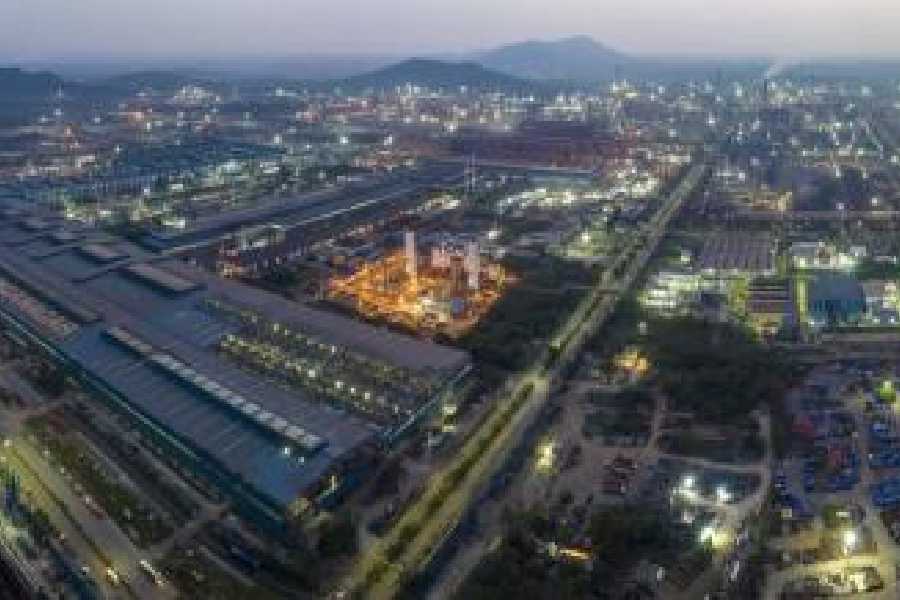Tata Steel has set its sights on making Kalinganagar the single largest manufacturing site within the company, with capacity topping 16 million tonnes, as it builds on the milestone of reaching a decade of successful operation.
It operates an 8 mt plant in this Odisha town, about 120 kilometres north of the capital Bhubaneswar. The unit remains smaller than the century-old Jamshedpur unit, which has settled at 11 mt capacity.
Tata Steel has so far ploughed in ₹50,000 crore in Kalinganagar – the largest organic capacity expansion in Tata Steel’s history, as it expanded the initial 3 mt capacity. A key highlight of this expansion was the commissioning of India’s largest blast furnace. Today, TSK plays a crucial role in India’s self-reliance pitch by producing over 100 different types of high-quality steel, significantly reducing the nation’s import dependence, the company said.
For the company, the establishment of Kalinganagar holds a special place in the evolution of Tata Steel. For many years, the rich mineral resources of Odisha primarily served as raw material sources for the Jamshedpur plant.
TSK fundamentally altered this dynamic by bringing large-scale steel production directly into Odisha. The state has now emerged as the largest investment destination in India for Tata Steel, with a total cumulative investment of over ₹100,000 crore in the last 10 years.
Apart from TSK, the company operates a 1 mt unit of Neelachal Ispat Nigam in Kalinganagar and a 5.6 mt unit at Meramandali (erstwhile Bhushan Steel).
While the company celebrates the milestone, reaching this far has not been easy. Tata Steel signed a memorandum of understanding with the Odisha government in 2004, but the effort hit a wall when police firing killed people protesting land acquisition. The plant was finally commissioned a decade later in 2015.
T.V. Narendran, CEO & MD of Tata Steel, said: “Over the past decade, Kalinganagar has demonstrated how growth, technology, and sustainability can work in harmony to build lasting value.”










